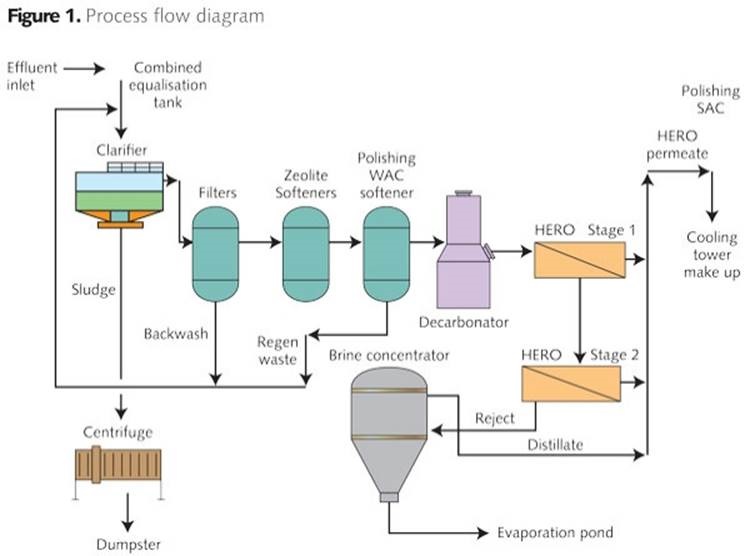NEWS RELEASE JULY 2015
Multi Billion Dollar Zero Liquid Discharge Opportunity in China
The per capita rainfall in China is only 25 percent that of the U.S. Large scale industrialization has necessitated major expenditures to reduce water use. The Zero Liquid Discharge (ZLD) concept is now viewed as an attractive solution for coal-fired power plants, coal-to-chemicals, refineries and other heavy industry.
China does need international technology. Several U.S., Japanese, and European companies are pursuing this market.
|
Veolia Water: As part of the Veolia Water group of companies, HPD Veolia Water Solutions and Technologies has built more than 700 ZLD systems to date. HPD has 85 years of experience in ZLD technology and has in recent years widened its American base with projects worldwide including a system for a coal-fired power plant in China. GE: ZLD systems combine GE membranes and ultra-filtration systems to improve water recovery efficiency. The company has supplied a number of ZLD systems around the world. It is also a major supplier of coal-to-chemicals plants in China. These plants use very large amounts of water. There has been international environmental pressure to reduce water consumption from coal-to-chemical projects in China. Aquatech: The U.S. based company has developed a ZLD technology for shale gas water, as well as power plants and coal-to-chemicals facilities. Its technology was chosen for the Yunnan Yuntianhua’s |
coal-to-chemical facility located in China's Inner Mongolia province.
The main sources of contaminants are from the raw water reverse osmosis (RO) plant and the cooling tower blowdown streams. These effluents are first mixed in an equalization tank before further treatment (Figure 1).
Combined wastewater is rich in contaminants like oil and grease, volatile organic compounds and has a relatively high Chemical Oxygen Demand (COD) and Total Dissolved Solids (TDS) of about 16,000 mg/l.

McWong: Mengda New Energy Chemical Co. Ltd contracted with McWong for a coal-to-chemicals ZLD system. The overall capacity of this project is 13,200 m3/d including water from the project's own wastewater equipment and discharged wastewater from water pumping stations and desalination stations. McWong
utilized its own patented zero-discharge process package (UF + RO + vibrating membrane + multi-effect evaporation concentration) technology to achieve zero discharge and recycle coal chemical industry wastewater.
IDE: The company is involved in desalination but can provide ZLD plants. A hybrid system has been installed at the Tianjin power plant, 200 km northeast of Beijing. The plant provides high quality drinking water for the local population, as well as industrial boiler makeup and process water for the power plant. The system is powered by waste heat from the power plant, thereby reducing the net greenhouse gas emission and reducing energy costs.
MHPS:Mitsubishi Hitachi Power Systems has a spray drier which uses the hot flue gas to dry the power plant sludge. This results in dry disposal instead of ponds and potential contamination. It is a low cost approach for coal-fired power plants. There are 1,000 boiler systems in China operating wet flue gas desulfurization systems. The spray dryer approach can be combined with the use of treated municipal wastewater as the raw water source. This results in a net reduction in water contamination rather than just avoidance of additional contamination.
Information on various ZLD projects in China is found in:
N049 Oil, Gas, Shale and Refining Markets and Projects
Information on the use of membranes is found at: N020 RO, UF, MF World Market
